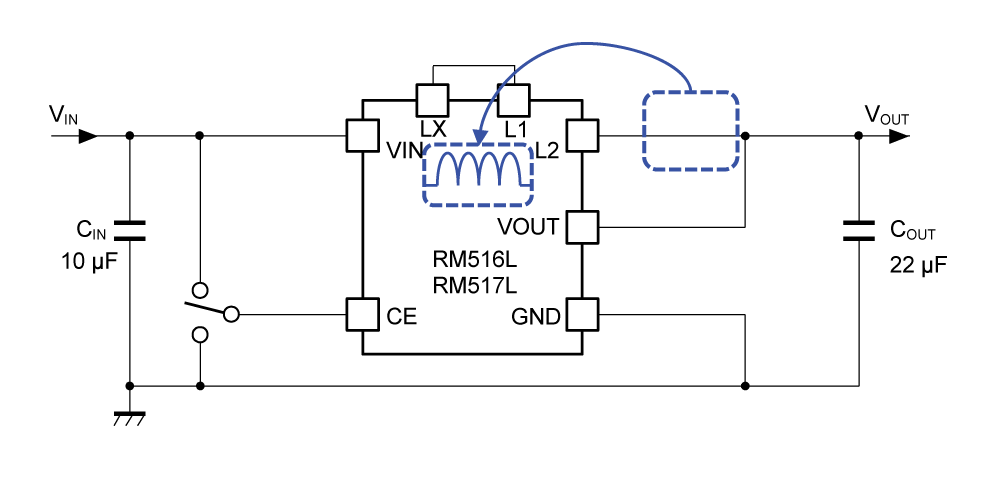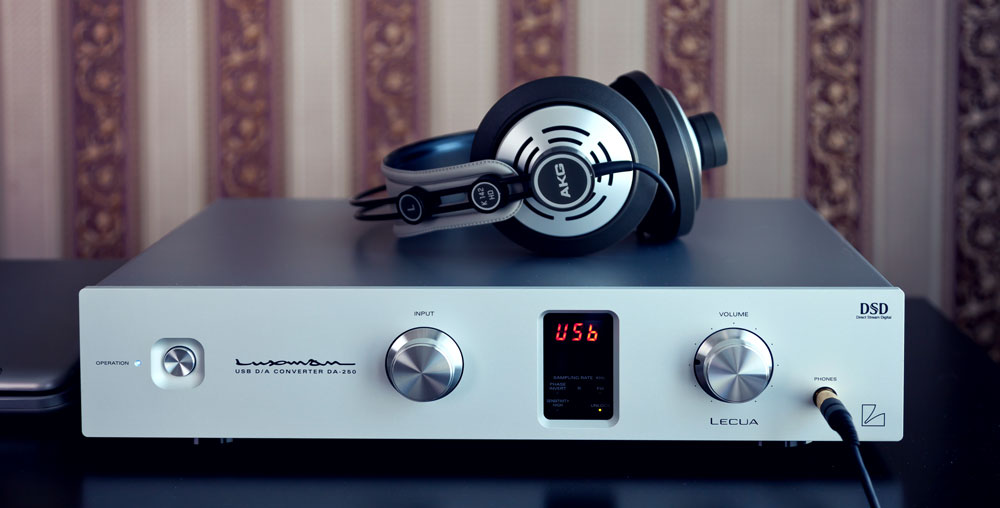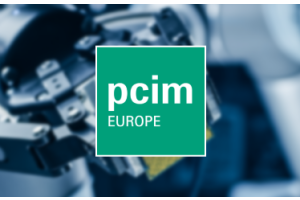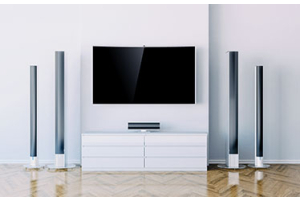-
Audio
-
Amplifiers
Pre-amplifiers
Transistors
Balanced I/O
Power Management
Dynamics Processors
Special Function
-
-
Industrial
-
Power Management
Discrete Semiconductors
Op-amps and Comparators
IIoT Memory
Sensor Technology
Alarms and Monitoring
-
-
Partners
-
Applications
- Why Profusion?
- News
- Contact
-
Store
EmPower Your Designs with Profusion Audio
May 15, 2024
EmPower Your Designs with Profusion Audio
When it comes to designing electronic circuits, power requirements are an integral part of a design but not usually the primary function or focus. Previous designs are often copied to save time and effort.
We’ll look at some of the reasons why you may want to update your designs, rather than cut-and-paste from old designs, and highlight some parts that will make you rethink your designs.
Why Update Your Power Supply Circuits?
- New regulations on standby power are coming into force in 2025, with even tighter controls in 2027, reducing power consumption limits in standby and off mode to just 300mW for either state. More efficient regulators mean more power for the microcontroller and other components in standby mode.
- New DC-DC converters are available with switching frequencies of up to 6MHz. This permits the use of miniature inductive components enabling smaller designs, resulting in lower RFI (radio frequency interference) emissions and therefore easier EMC compliance.
- Extra control and monitoring features are built in, making designing new circuits simpler yet more functional. Status output, enable input and mode functions help reduce power consumption in standby.
- Improved specifications, such as output noise or RFI immunity, facilitate higher performance designs less susceptible to errors in the field.
Featured products to take note of:
DC-DC Converters
The RM590L002D is a 400mA step down DC-DC converter module with the inductor placed on the chip, within a 2.2 x 2 mm QFN package.
The proximity of the inductor and switching MOSFETs reduces losses and RFI emissions, achieving up to 91% efficiency at 100mA. The operating mode changes automatically from pulse width modulation (PWM) to variable frequency modulation VFM so that efficiency remains high at low currents (80% at 1mA). There is the option to force PWM mode at low power levels to reduce output ripple if that is the priority.
 Typical application circuit.
Typical application circuit.
The RM590L002D has an adjustable output range of 0.6V to 5.5V and works with just 15µA supply current or 0µA in standby. Other functions include soft start, under voltage protection, inductor current limit, auto discharge, and thermal shut down at 140°C.
Fixed voltage options are also available.
The NJW4128G is a 40V, 2.5A DC-DC converter IC in an SO8 package. Switching at 450kHz, the NJW4128 achieves compact power conversion with few external components, and can be synchronised with other converters to reduce noise.
A common requirement in audio is to generate bipolar supplies, for example ±15V. This is demonstrated in the RADCB15 module, which uses the NJW4128GM1-A-TE2.

The RADCB15 module has been characterised to 600mA but for lower noise applications should be limited to 150mA. Both module and IC are available from Profusion.

LDO Regulators
The MUSES100 has been designed for high quality A/D and D/A converters. Output voltages are fixed with options for 1.2V, 1.8V, 3.3V and 5V, at 600mA.
The MUSES100’s output noise is 3.0µV at 50mA output current, and the input power supply ripple rejection (PSRR) is 90dB, providing the converters with a clean stable supply. It also features inrush current limit, thermal shutdown and an enable pin.
For more cost-sensitive applications, the LD1117AGADAA3AR is an adjustable LDO with 15V input rating and 1V dropout voltage. It provides 60dB (PSRR) of ripple rejection and 100µV output noise at 3.3V. The drop out voltage is only 0.15V at 600mA.
The LD1117AGADAA3AR is widely used and sells for $0.05 in volume (50k+).

Multi-channel PMICs
Combining multiple DC-DC converters and LDOs on a single chip, multi-channel PMICs feature programmable controls for sequencing, enable, voltage settings etc.
These PMICs are ideal for designs incorporating FPGAs or microprocessors that require multiple voltage rails and optimised power management.
Check out the RN5T5610 which has four DC-DC converters plus seven LDOs in one compact QFN7x7 package.

































